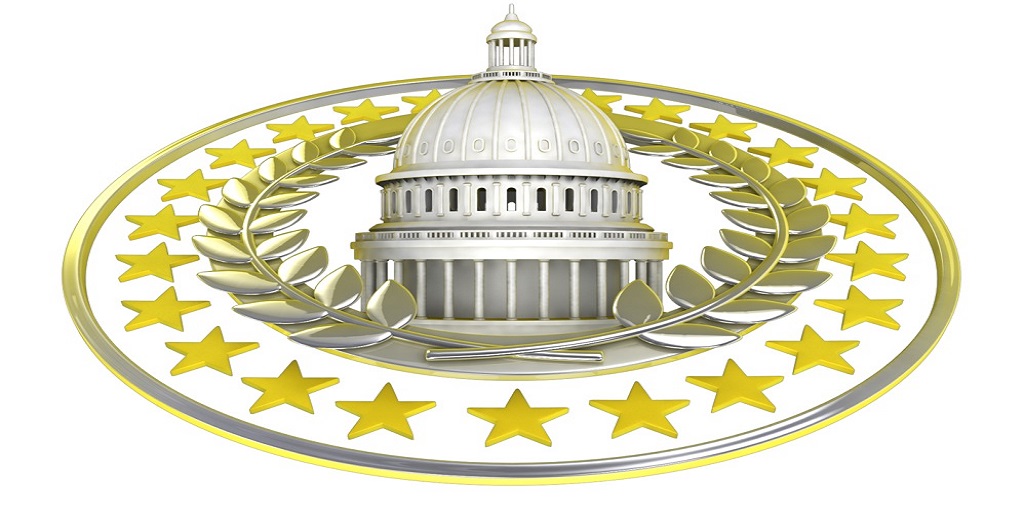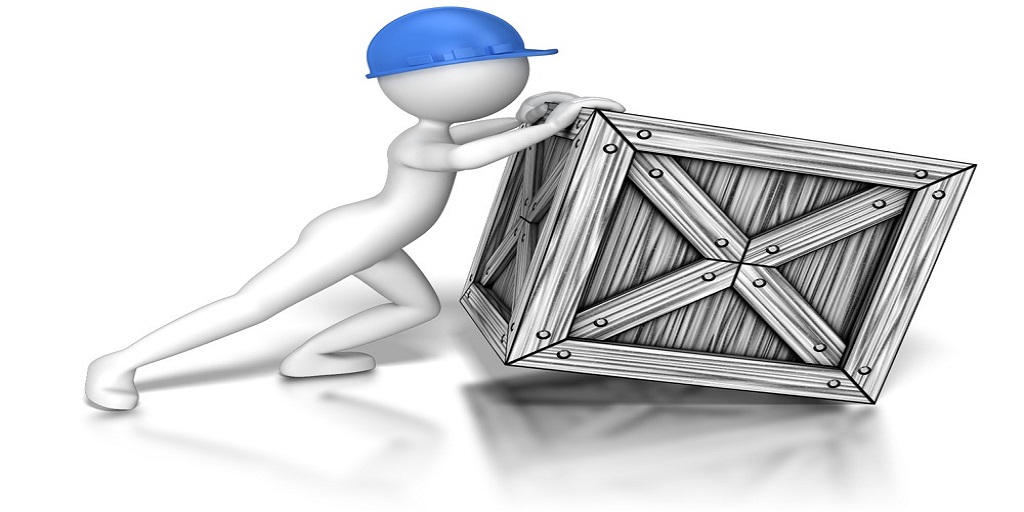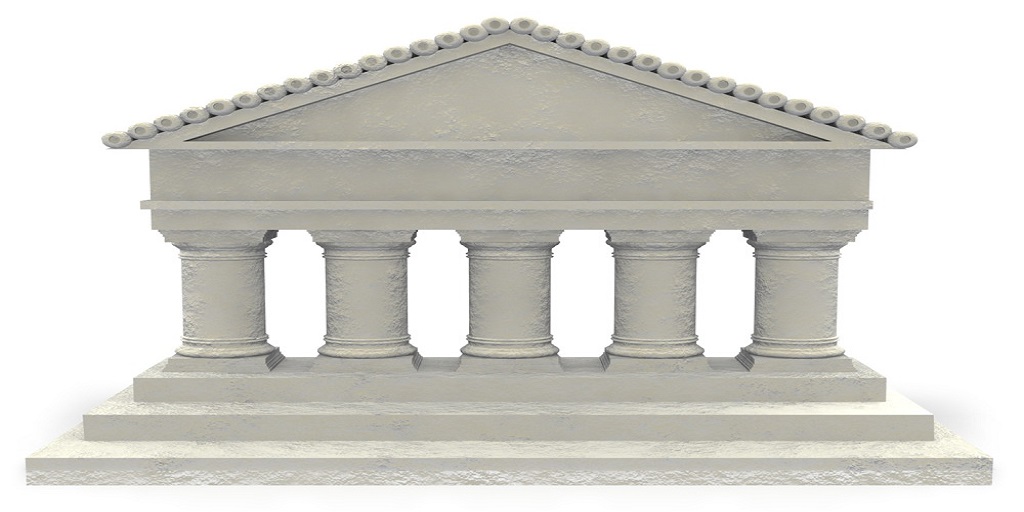“Patent Reform Act of 2010” and False Marking Rule Change
The latest edition of the proposed patent reform legislation was announced by the leaders of the Senate Judiciary Committee on legislation for patent reform. The act is now called the “Patent Reform Act of 2010” and is memorialized in the form of the Manager’s Amendment (“Amendment to S. 515”).

Among the provisions of this proposed legislation is a modification of the false marking statute. Presently, 35 U.S.C. 292(b) provides that any private citizen can bring a qui tam action on the government’s behalf against an entity that falsely marks unpatented products. However the proposed legislation amends 292(b) to read as follows:
“A person who has suffered a competitive injury as a result of a violation of this section may file a civil action in a district court of the United States for recovery of damages adequate to compensate for the injury.”
The Senate bill, if enacted, would have retroactive effect even for still-pending but earlier-filed actions as it states the amendment would “apply to all cases, without exception, pending on or after the date of the enactment of this Act.”
Is this another way to protect big business at the cost of the little guy? Or is it just a way stop the onslaught of potential litigation? A list of 75 false marking lawsuits filed in the last two months against over 100 companies can be found on the Gray on Claims law blog. Many of these lawsuits have been filed by qui tam plaintiffs who are individuals or entities specifically formed to litigate such false marking suits and presumably have no claim of “competitive injury.” Will they have to find an injured party?
If the patent reform amendment becomes law, qui tam plaintiffs who have filed or intend to file false marking suits for expired patent numbers will have another element to prove to win the case. How will the court define a “person who has suffered a competitive injury?”
Will something that a person would have done if not for the false marking be admissible?
- Can a plaintiff claim it is a potential competitor and was dissuaded from entering the same market because of the false marking?
- Can a plaintiff claim it suffered injury because it was deterred from continued scientific research to avoid possible infringement?
- Can a plaintiff argue that it suffered a competitive injury because it invested money to analyze patent validity or enforceability?
Related posts:
Police” Looking for the Big Jackpot
“Patent Trolls” Search for Falsely Marked Products
The new amendment to the “Patent Reform Act of 2010“ proposes a number of so-called improvements that are the subject of other LoTempiolaw Blog posts:
- First-Inventor-to-File
- Pre-grant submission of prior art
- Patent marking statute
- Administrative post-grant review of patents
- Litigation Reforms
- Best Mode
- Inequitable Conduct
- Damages
- Willful Infringement
- Venue
- Pilot Program for District Courts
- Patent Fee Setting Authority and Ending Diversion




